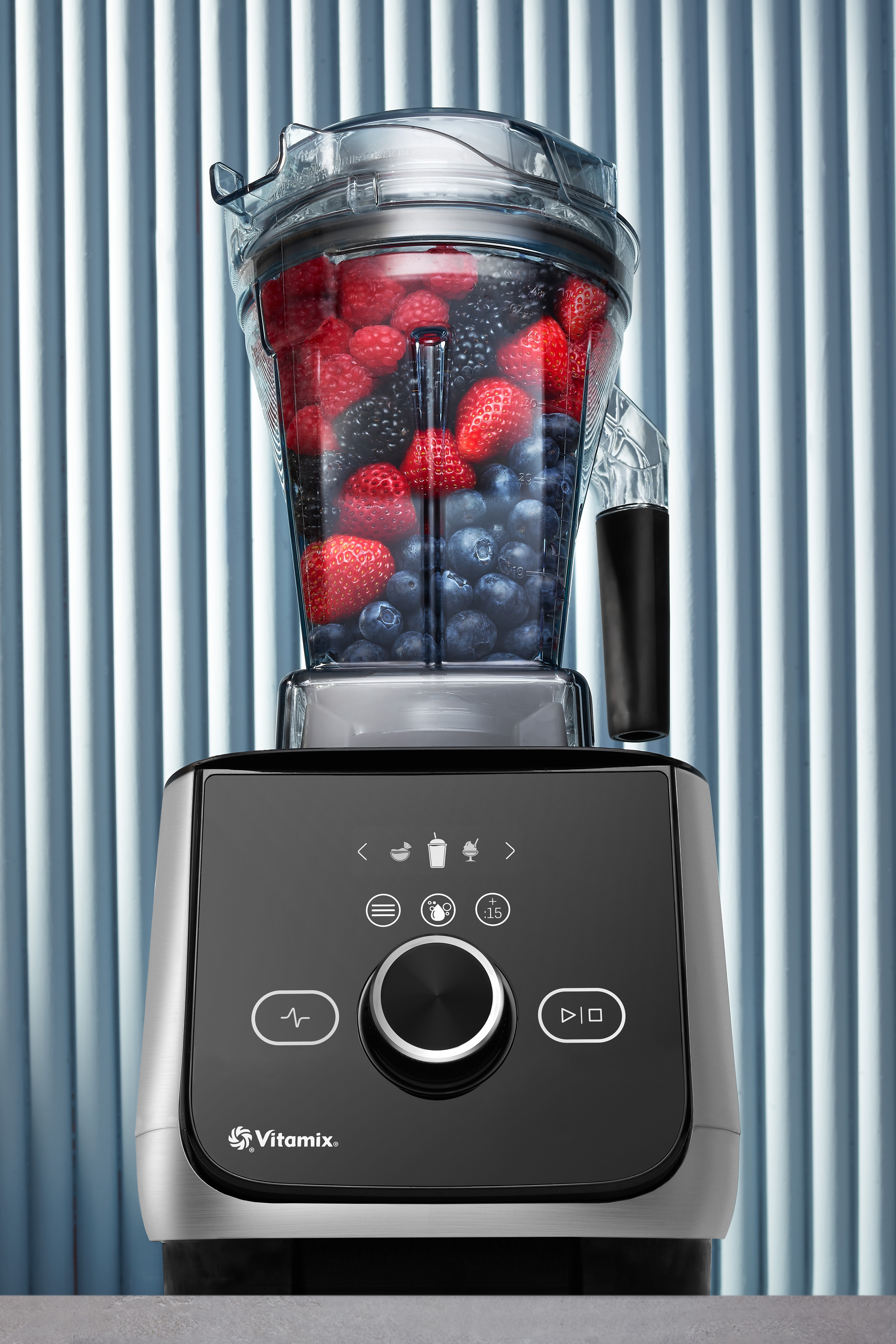It's good to be busy, but having an overflowing dining room means that your next batch of guests will need to wait. Restaurant wait times play a large role in guest satisfaction—a quick look at negative Yelp reviews will drive that message home—so managing them is crucial to maintaining your reputation as a desirable place to eat. Real, significant improvement in your operations can be hard to achieve, but changes in your guests' perceptions are easier to make happen. Here are some things to keep in mind.
Identify and Quantify
Determining how much business you lose to wait times isn't easy, but you can make an educated guess. If you have a video security system, use the recordings to count walk-ins who walk out the door without being seated. If you don't have a camera, hire someone to count exits manually for a few weekends. You should already know the average bill, so multiply that by the number of guests who walk out to find a benchmark for lost revenue. Checking your reviews regularly online can give you a similarly valuable look into how wait times affect your reputation. If it's mentioned frequently, you have a problem.
Implement Practical Tweaks
There may be practical steps you can take to streamline your operations and make waiting for a table a more positive experience. Here are a few ideas.
Identify and Eliminate Operational Hold-ups
Spend time observing the waiting area during your busiest time of the week. Take note of where things slow down. Those bottlenecks keep you from providing optimal service, so eliminate or minimize them to the best of your ability.
Decide Whether to Take Reservations
Are reservations a strength or a weakness in your eatery? If tables sit empty while potential diners wait, consider limiting the amount of reservations you take or not offering them at all.
Turn to Technology
Technology now allows guests to check wait times, make reservations, or even preorder an entire meal in real time. Whether you invest in an app for your restaurant or join a service, technology can help you keep your tables filled and your lines short.
Manage Perception
Actually shortening wait times by changing how you operate is a significant challenge. However, shortening perceived wait times by distracting, entertaining, or charming your guests is an easier proposition. Sending them to the bar to enjoy a drink while they wait is one time-tested option, but there are many more. When waiting for a table, guests should have a positive experience. Here are a few ways to make that happen:
Move the Waiting Area
If it's possible, create a waiting area that's away from the entrance. If your entry is crowded, many diners will take one look and leave, even if the actual wait time is brief.
Send a Text Message
Offer to let guests know when their table is ready via text message. Instead of having to sit and wait in a crowded area, they can roam freely and visit other nearby attractions.
Distract, Inform, or Entertain Guests
If guests wait on-site, soothe them with pleasant distractions. Music that's appropriate for your establishment is one easy option. Free, quality Wi-Fi is also a great option because it allows your guests to entertain themselves without using up their own data. You can even create a landing page on your website that features brand-reinforcing materials, such as current specials or your philosophy of dining.
Charm Patrons with Your Hospitality
Some restaurants can make wait times part of their allure. For instance, Vij, a popular Indian restaurant in Vancouver, Canada, often has wait times that are an hour or more, thanks to its no-reservations policy. Guests flock there anyway, and this is partially because they're cared for expertly while they wait. Servers bring beverages and appetizers to waiting guests, and frequently chat with them to make sure everyone is happy. You might not opt to go that far, but talking to your guests and bringing them something small and appealing to eat or drink is a potent strategy.
Keep Track of Improvements
It's important to keep track of how well your initiatives are working out. You can verify improvements in your restaurant wait times through continuous monitoring and guest feedback. Your social media platforms are ideal vehicles for this, but you can also solicit feedback on your guest checks, or through your app or website. The ultimate measure of your success is how comfortable your guests feel while they wait.
Related Articles

How to Handle Negative Online Customer Reviews
Managing negative online customer reviews can be tough. Here are some tips to help you maintain your reputation and retain customers.

Social Media for Restaurants: All Your Questions Answered
Creating social media for restaurants doesn't have to be overwhelming. Follow these simple tips to establish a successful strategy for your business.

Fast Casual Restaurants: How to Embrace the Trend
While sitting down to enjoy a meal out is something that will never die, fast casual restaurants are growing in popularity. Here are some benefits.



